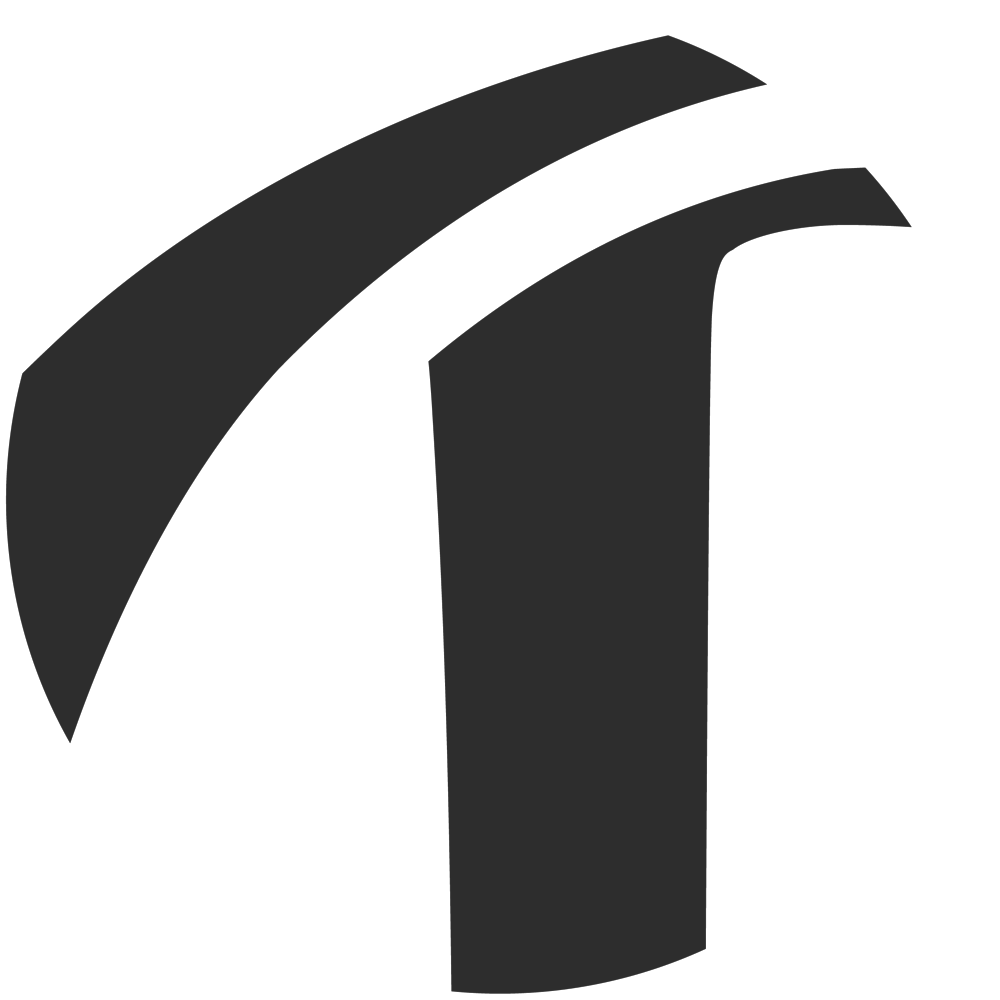I’ve finally started toying around with BlinkScript. After multiple unsuccessful attempts at understanding the Blink Reference Guide, I am now faced with an interesting enough challenge that I went back to it, for real. I’ve also started working with Guillem Ramisa De Soto, which, to be honest, feels like a huge cheat code (i r winner).
I’m not too far on my journey to mastering the power of the node, but I’m at least confident that I now understand the language well enough to work with it.
So, when I watched Veritasium’s video about math being flawed this weekend, I naturally had to try making Conway’s Game Of Life in BlinkScript.
And so, here it is:
The Setup
The main problem of Conway’s Game Of Life is that you need to know the current state of the cell at t to generate the next cells at t+1. On it’s own, that’s perfectly reasonable but you can’t really do that in Nuke. So, I had to render each frame to feed them back to the script via a time offsetted read, thus creating a feedback loop.
The comp looks like that.
Feedback loop logic
At frame == 1
Render Frame 1
At frame >= 2
Load frame-1 via the read and the framehold [frame-1] nodes
Go through the BlinkScript Node to get the state of the game at frame based on the state of the game at frame-1
Render it and start again for frame+1
The Code
Have fun with it !


